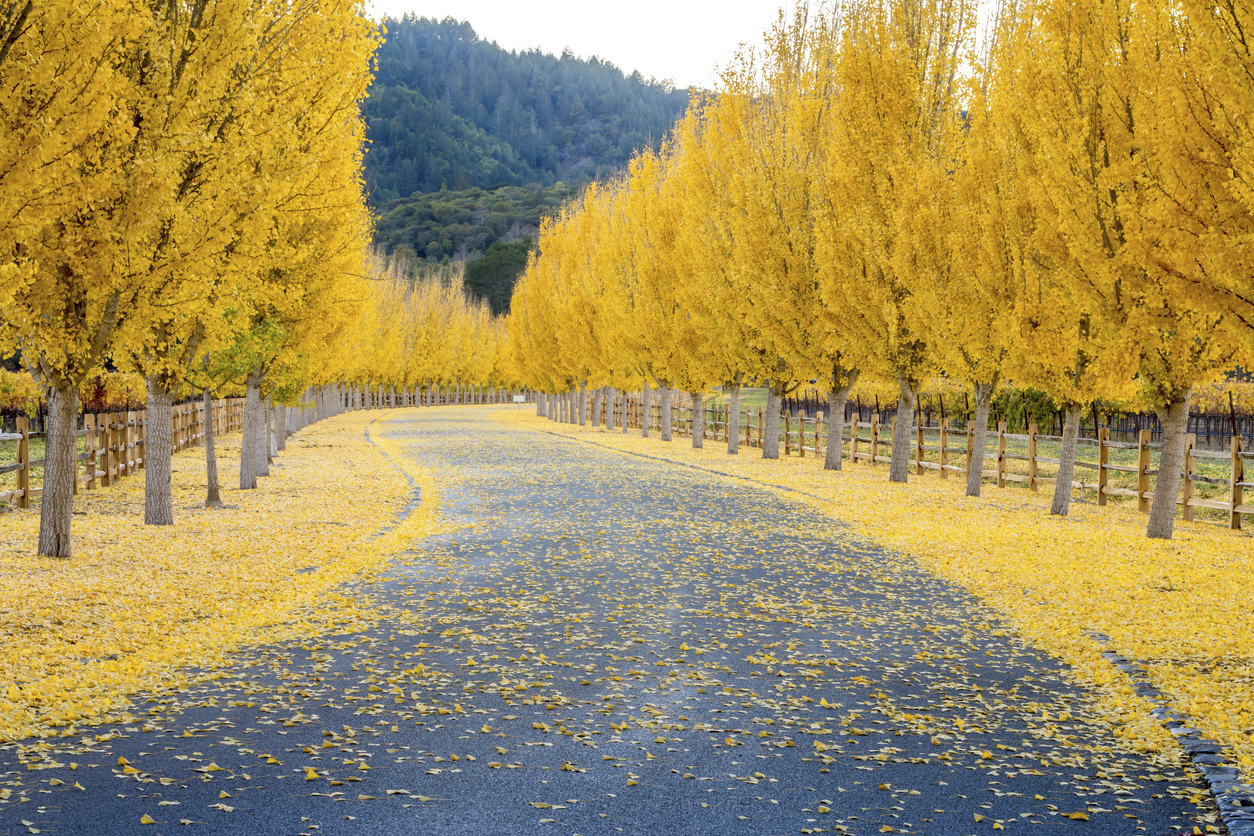New gene breakthrough at University of Sydney could protect global cereal crops from disease

A student researcher at the University of Sydney has located and defined the sequence of a gene that causes leaf rust resistance in barley. The discovery is significant for the global food supply as it could eventually prevent future ‘rust disease’ in global cereal crops.
Rust disease typically causes fungal growth on cereal crops like barley and wheat, and has been known to decrease yields by more than 10% in some cases.
As the name suggests, the disease presents itself just like rust, with small, circular orange powdery spores appearing on the upper leaf surface of grains before shedding spores into the plant.
Fungicides cost Australian wheat and barley farmers approximately $350 million a year in lost production according to the Australian Government Grains Research and Development Corporation (GRDC).
Dr Hoan Dinh, a PhD scholarship student from rural Vietnam, made the discovery.
The gene, known as Rph3, has been known to researchers for more than 50 years and was used in Australia to protect barley from leaf rust until 2009, when a new strain of the leaf rust pathogen emerged and rendered the gene useless.
However, Dr Dinh’s work completed over the past three years marks the first time that anyone has been able to locate and define the sequence of the gene from a barley genome.
Being able to isolate Rph3 could be beneficial in the future, according to Professor Robert Park, Dr Dinh’s PhD supervisor.
“Plants and their pathogens generally co-evolve over time,” he said. “It’s similar to the way bacteria develop resistance to antibiotics. It’s like an arms race.
“In this case, even though the rust fungus had defeated the resistance gene, we wanted to understand how the gene worked, to see if it could be deployed with other genes, or even if its sequence could be altered to be made effective again.”
Dr Dinh was able to isolate the single gene from a genome with five million base pairs, he told The Guardian Australia.
“When I first found the gene, I was worried I had done something wrong because it was so unusual,” Dr Dinh said. “The majority of disease resistance genes belong to a different gene family. It felt great to be vindicated.”
According to Professor Park, 28 rust-resistance genes in barley have been discovered around the world, but only four have been isolated. Three of these isolations have taken place at the university’s Plant Breeding Institute, with the Rph3 gene being the third.
Using resistance genes in crops has been understood for a long time to be a cost-effective and eco-friendly way to prevent outbreaks of the rust disease. In recent years, the GRDC has estimated genetic resistance has saved Australian barley and wheat farmers more than $1 billion a year.
While Dr Dinh is now in Japan starting a postdoctoral position on enhancing soybean productivity, he hopes to continue his research on barley rust resistance genes in the near future.
“We need to know how the gene and the pathogen interact,” he said. “The story has just started.”
The findings from Dr Dinh’s research have been published in Nature Communications.








